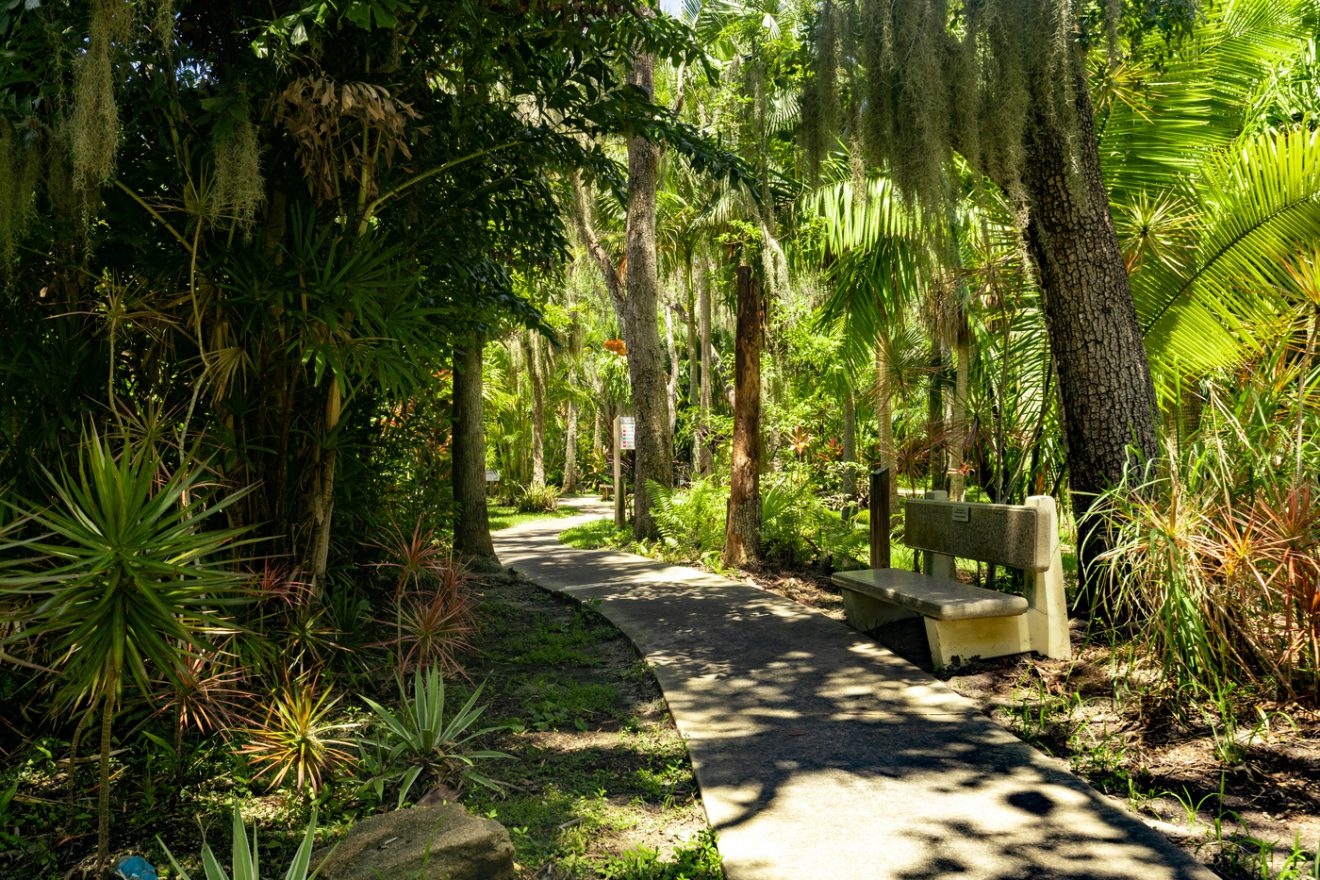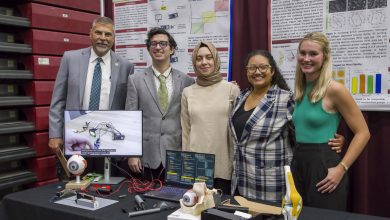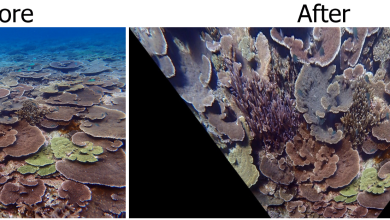An Illustrated Field Guide to Campus
Illustrations by Yumiko Kitazono
Florida Tech’s campus is teeming with wildlife both big and small.
From the countless reptiles and insects crawling, walking and slithering alongside you when walking to class, to the birds soaring overhead, there is always something new to see.
One great place to view campus wildlife is the Joy and Gordon Patterson Botanical Garden. This public, 15-acre garden winds through the heart of Florida Tech and has become one of the most unique campus botanical gardens of its kind in the continental U.S. With palm trees and various tropical growth, visitors can observe a variety of creatures that call the habitat home.
Florida Tech is listed as a Green Campus by The Princeton Review because of its emphasis on sustainability. Part of that greenness is the quality of wildlife habitats on campus. With ponds, woodlands, wetlands and stream banks, it is an important haven for both resident and migrating species.
Since its inception, the university has had a joint mission to provide a great education, to be a hub of innovation and research and to provide beautiful grounds that are accessible to the local community. The geographic location was ideal not only for the rocket scientists who started the school, but also for biological diversity.
The campus woodlands, locally termed “hammocks” because of the dense tree coverings, are a form of wetland. The branches of the trees are laden with Spanish moss, other bromeliads, ferns and even orchids. In the garden, there is a blend of native and exotic tree species, including a collection of palms from around the world.
Butterfly gardens in the woodlands add to the color and biological activity, as the flowering plants attract a huge variety of insects, not just butterflies. In spring and autumn, migratory birds fill the trees as they pass through. The native wildlife also features a variety of birds, butterflies, dragonflies and insects that have yet to be cataloged.
The campus ponds and wetlands are not only full of life, but they also provide a natural classroom. As part of their studies, students use nets to sample the inhabitants and cameras to photograph specimens. Migratory ducks spend winter on the ponds, and one of the seven species of herons and egrets is usually visible.
Here, we’ve compiled a Florida Tech field guide showcasing just a few of the creatures on campus.

CREEKS/WETLANDS
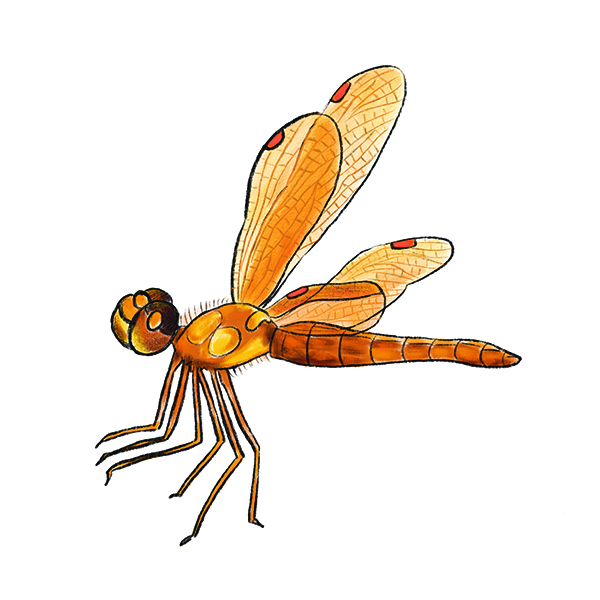
Eastern Amberwing Dragonfly
(Perithemis tenera)
Eastern amberwings are tiny, 21- to 24-millimeter dragonflies found throughout most of the eastern U.S. They have a brown abdomen with yellow rings. The males display beautiful orange or amber wings with red stigmas, and the females display brown wings with red stigmas. They can be found in still bodies of water, such as lakes and ponds.
Cuban Tree Frog
(Osteopilus septentrionalis)
The largest treefrogs in North America, Cuban treefrogs are native to Cuba, the Cayman Islands and the Bahamas. They were introduced to southern Florida from the Caribbean and have continued to spread. Insatiable eaters, they target native frogs, toads and lizards. They are considered an invasive exotic species and a threat to the biodiversity of Florida’s ecosystems and wildlife. Ranging from green and brown to gray and whitish with golden eyes, they can be found in gardens, hardwood hammocks, wetlands and forests.
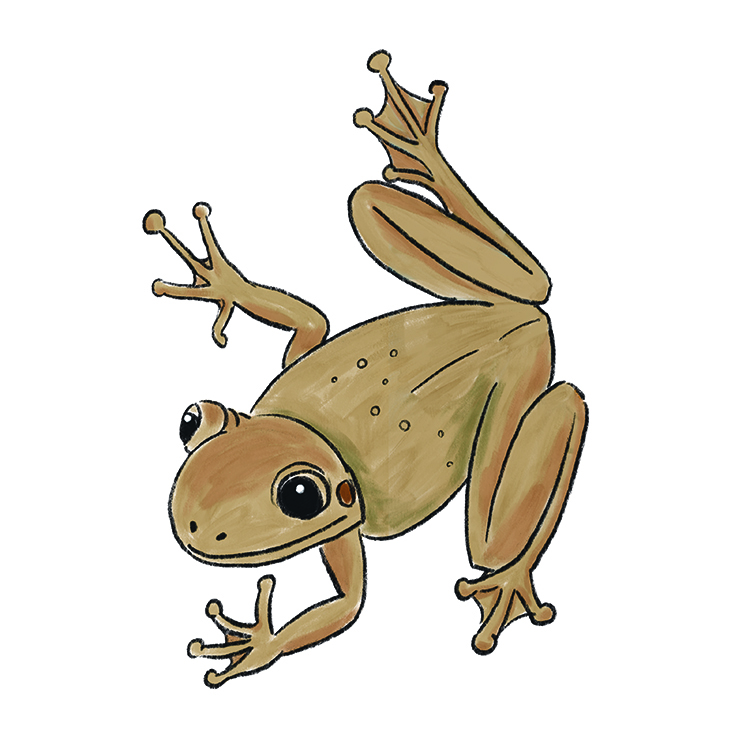
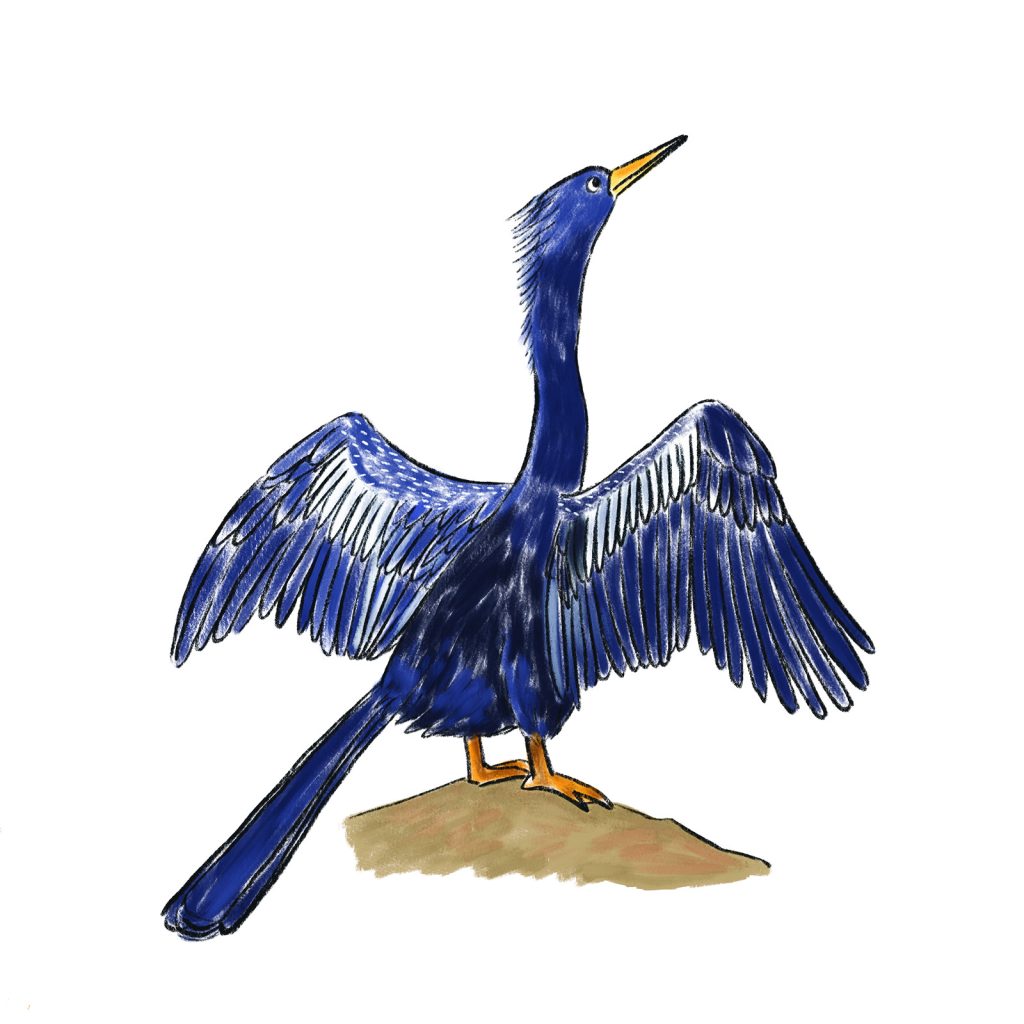
Anhinga
(Anhinga anhinga)
Anhingas are waterbirds with an oil-slicked appearance and snakelike head. They get their name from the Tupi Indians in Brazil. The meaning of the name is “devil bird” or “evil spirit of the woods.”However, their distinctive shape has earned them the nicknames “water turkey” for their tail and “snake bird” for their long, snakelike neck. These birds can be found in local ponds, spearing fish or sunbathing on the shores with their silvery wings outstretched.
Red-Eared Slider
(Trachemys scripta elegans)
Red-eared sliders are midsized freshwater turtles generally 5 to 11 inches long. Their shells are olive green with yellow on the bottom and dark spots in the center of each shell plate, and they are typically distinguished by thick red stripes behind their eyes. Found throughout the U.S., they are among the world’s top 100 worst invasive species, according to the Global Invasive Species Database. They can be found in almost any aquatic habitat with an ample supply of vegetation.
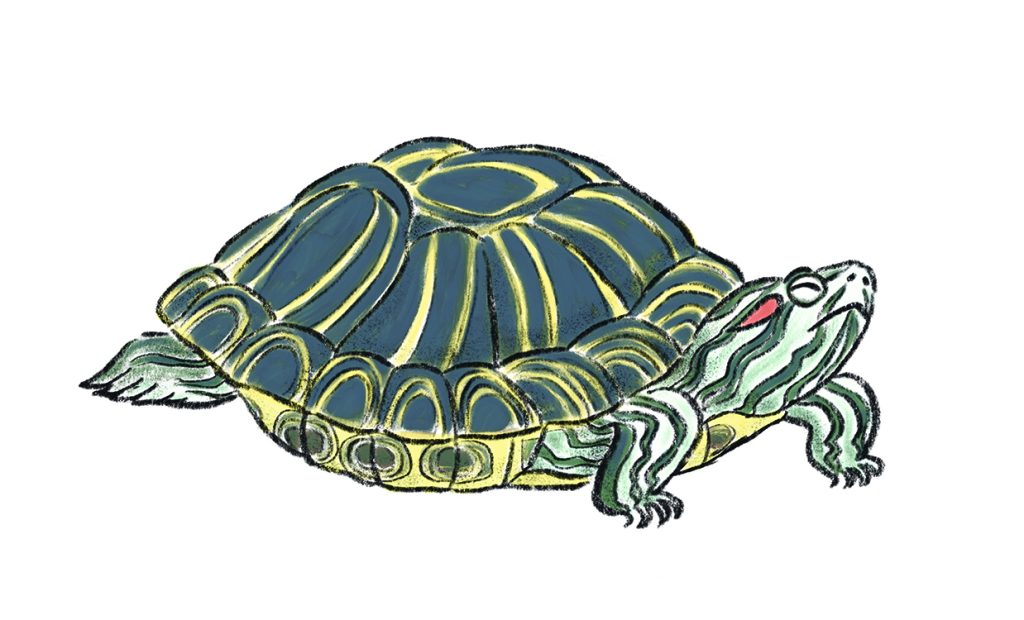
WOODLANDS
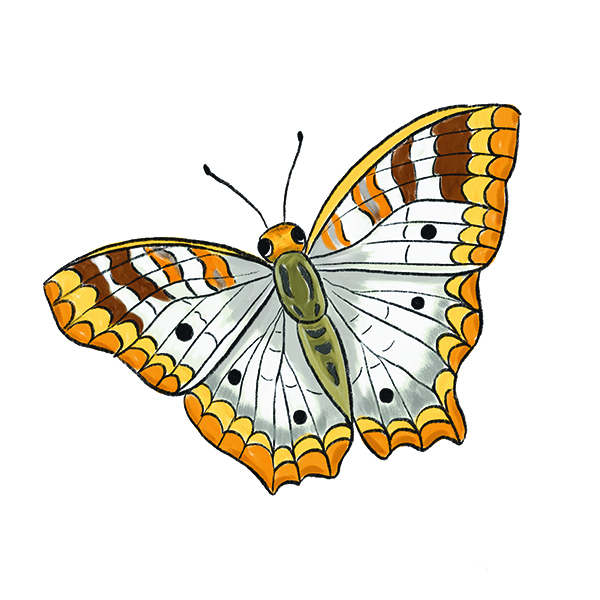
White Peacock Butterfly
(Anartia jatrophae)
Typically seen flying low to the ground in Florida, white peacock butterflies are 3 to 6 centimeters long. White with brown markings, they have a small black spot in the center of each forewing and hindwing. These resemble a peacock’s eyespot and are the reason for the butterfly’s name. Their larvae feed on frogbit, a marsh plant, so they are especially common in open and sunny habitats at the edge of ponds and streams.
Raccoon
(Procyon lotor)
Raccoons are large mammals found throughout the U.S. in a variety of environments, from woodlands to urban areas. Adults typically weigh between 10 and 20 pounds. Covered in grayish-brown fur, they have a distinct face, with two black markings around and between their eyes, sometimes called a “mask.” They also have a bushy tail covered with four to six black rings. Expert tree climbers, these omnivores can be important nest predators.
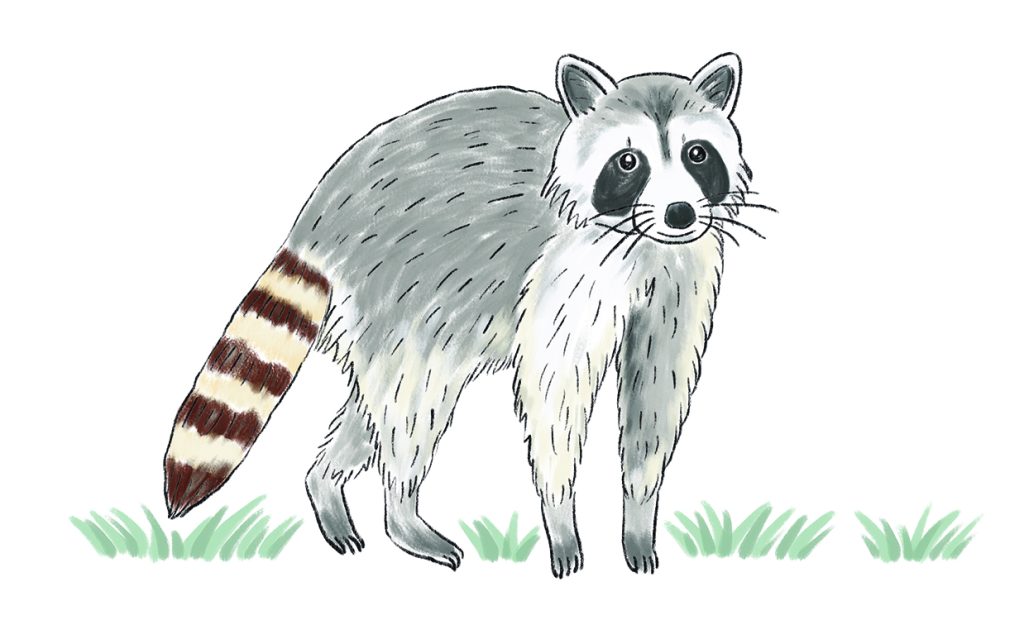

Eastern Glass Lizard
(Ophisaurus ventralis)
Typically between 18 and 43 inches, eastern glass lizards are easily mistaken for snakes due to their long, slender, legless bodies. However, unlike snakes, glass lizards have moveable eyelids and external ear openings. They are generally light brown, green or yellow and have dark stripes on their bodies. Found in a variety of habitats, they most commonly reside in flatwoods and around wetlands in sandy habitats.
Red-Shouldered Hawk
(Buteo lineatus)
Red-shouldered hawks are the most common hawks on Florida Tech’s campus. Frequently perched on light poles, they scan the ground for large insects, lizards and snakes. These hawks are marked with a reddish-peach color underneath their bodies and a strongly banded tail. Their wingtips also feature translucent crescents that appear in flight. Learn their distinctive whistle to easily spot them around campus.
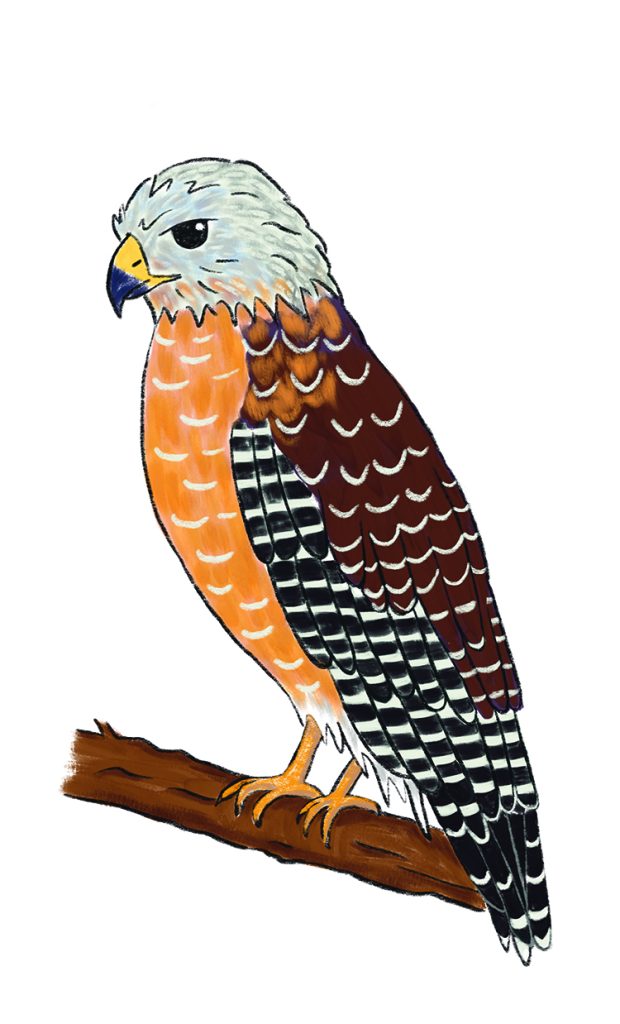
The information in this field guide was sourced from Florida Tech Campus Wildlife, a digital catalog put together by the ocean engineering and marine sciences department, with special thanks to students Emily Polak and Andrew Boodoosingh.
This piece was featured in the spring 2023 edition of Florida Tech Magazine.

